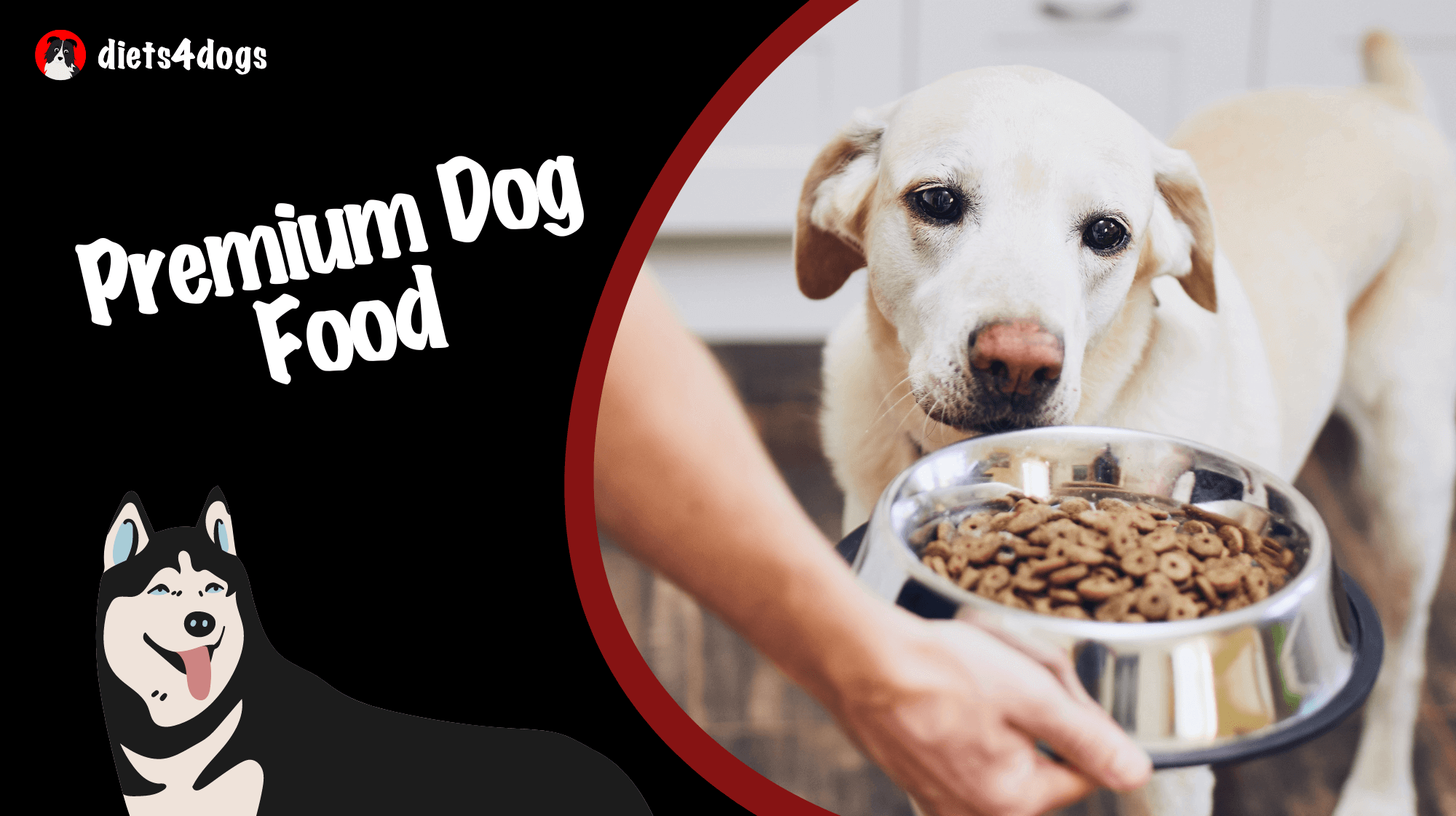Can Dogs Eat Mint Plants
While mint in small amounts is generally safe for dogs, consuming mint plants might pose a risk of gastrointestinal upset. Mint plants contain essential oils that can cause mild to moderate digestive issues in dogs, such as vomiting or diarrhea. It is recommended to offer dogs mint-flavored treats formulated specifically for them or freshen their breath with dog-safe dental care products instead.
Can Dogs Eat Mint Plants
As a dog owner, you might have occasionally wondered if certain herbs or plants, such as mint, can safely be offered to your canine companion. While small amounts of mint can be safe for dogs, consuming larger quantities or the entire mint plant might pose risks to their health. In this blog post, we delve into the effects of mint on dogs, suitable alternatives, and ways to introduce mint into your dog’s diet.
What’s in Mint Plants?
Mint plants, part of the Lamiaceae family, are aromatic herbs that encompass a variety of species, such as spearmint, peppermint, and chocolate mint. They contain essential oils and compounds like menthol, providing their distinct taste and aroma. These essential oils can be beneficial to humans, promoting healthy digestion and providing anti-inflammatory benefits. However, the same oils can cause some undesirable effects in dogs.
Potential Risks for Dogs
While mint plants are not considered highly toxic for dogs, the essential oils in these plants can cause gastrointestinal upset. Some possible side effects dogs may experience include:
- Vomiting
- Diarrhea
- Bloating
- Gastric irritation
Additionally, large amounts of mint can lead to more severe symptoms, such as:
- Rapid breathing
- Rapid heart rate
- Seizures
- Loss of coordination
Suitable Mint Alternatives for Dogs
While it’s best to avoid giving your dog mint plants, there are safe alternatives if you’d like to include mint in their diet or improve their breath. Consider these options:
Dog-safe mint treats
Several dog treat manufacturers offer mint-flavored treats that are specially formulated for dogs. These products have a smaller concentration of mint essential oils, making them safe and enjoyable for your pet. Be sure to read the ingredients list on the packaging to ensure that the treat meets your dog’s dietary needs.
Dog food with mint
Some dog food brands incorporate mint as an ingredient, offering a subtle flavor while also providing potential benefits such as fresh breath and improved digestion. If you choose to purchase dog food containing mint, always opt for a high-quality product from a reputable brand.
Dog dental care products
If your dog’s breath is your primary concern, consider using dog-safe dental care products like toothpaste, mouthwash, or water additives. These products can help fight bad breath, reduce plaque buildup, and maintain your dog’s overall oral health without the risk of digestive issues caused by mint plants.
Introducing Mint-Like Flavors to Your Dog’s Diet
If you decide to include mint in your dog’s diet or oral care routine, always do so gradually. This cautious approach will allow you to monitor your dog for any adverse reactions, while also giving their system time to acclimate to the new ingredient. Here are some tips for safely introducing mint-flavored treats or dog food containing mint:
- Begin with a small serving, increasing quantities gradually over several days.
- Observe your dog for any signs of discomfort or illness, such as vomiting, diarrhea, or loss of appetite.
- If your dog experiences any adverse reactions, discontinue use and consult your veterinarian for guidance.
Remember, the health and safety of your canine companion should always be top priority. While small amounts of mint can be safe for dogs, feeding them mint plants may lead to undesirable side effects. Seek out dog-specific treats, foods, and dental care products that offer the benefits of mint without the risk.
Can Dogs Eat Mint Gum or Candy?
It’s important to mention that dogs should never be given mint gum or candy, as these products often contain harmful ingredients. Some risks associated with mint gum or candy include:
- Xylitol: This artificial sweetener, commonly found in sugar-free gum and candy, can be extremely toxic to dogs. Ingestion of xylitol can lead to rapid insulin release, causing hypoglycemia, seizures, liver failure, or even death.
- Excessive sugar: Products containing large amounts of sugar can contribute to obesity, dental problems, and diabetes in dogs.
- Artificial flavorings and colors: These additives, present in many mint candies, may cause allergic reactions, and long-term consumption can lead to health issues.
If you suspect your dog has consumed mint gum or candy, contact your veterinarian immediately or call a pet poison control helpline.
Creating Homemade Mint Treats for Dogs
If you’re interested in making your own dog-safe mint treats at home, try this simple recipe that incorporates mint and other dog-friendly ingredients:
Ingredients
- 1 1/2 cups whole wheat flour
- 1/2 cup rolled oats
- 1/4 cup chopped fresh mint leaves (or 1 tablespoon dried mint)
- 1/4 cup chopped fresh parsley leaves
- 1/4 cup unsweetened applesauce
- 1/4 cup water
- 2 tablespoons vegetable oil
Instructions
- Preheat your oven to 350°F (175°C) and line a baking sheet with parchment paper.
- In a large mixing bowl, combine the whole wheat flour, rolled oats, chopped mint, and parsley.
- In a separate bowl, mix the applesauce, water, and vegetable oil until well combined.
- Add the wet ingredients to the dry ingredients, stirring until a dough forms.
- Roll out the dough to approximately 1/4-inch thickness and use cookie cutters to cut out shapes.
- Place the shaped treats on the prepared baking sheet and bake for approximately 25 minutes or until the edges are golden brown.
- Allow the treats to cool completely before giving them to your dog.
These homemade mint treats can provide a safe, enjoyable, and breath-freshening option for your dog. Note that treats should always be offered in moderation, to avoid disrupting your dog’s regular diet.
Final Thoughts
While mint plants may not be highly toxic to dogs, it’s best to limit their consumption to small amounts, in the form of specially formulated treats or dog food. Be aware of the risks associated with mint gum or candy, and remember to consult your veterinarian if you’re uncertain about any ingredient or food item. By making informed choices about your dog’s diet, you can promote a healthy, happy, and minty-fresh life for your furry friend.
FAQ: Mint and Dogs
As a dog owner, you may have questions related to the effects of mint on your canine companion, its safe consumption and the benefits of mint. This FAQ section provides answers to some of the most common questions regarding dogs and mint plants.
1. Can dogs eat all types of mint plants?
Although not highly toxic, dogs should avoid eating mint plants, as they can cause gastrointestinal issues due to the essential oils they contain. This holds true for all types of mint plants, including spearmint, peppermint, and chocolate mint.
2. Can dogs chew on mint leaves?
Allowing dogs to chew on mint leaves in small amounts generally does not pose a threat. However, it is advised to opt for dog-safe mint treats or dental products specifically formulated for dogs to minimize any risks associated with consumption.
3. Should I grow mint plants in my garden if I have a dog?
You can grow mint plants in your garden, but make sure they are planted in an area that is inaccessible to your dog. This will help prevent the risk of your dog accidentally ingesting large amounts of mint, which may cause gastrointestinal problems.
4. Can puppies eat mint plants?
No, puppies should not eat mint plants. Their developing digestive systems can be more sensitive to the essential oils found in mint, which can lead to gastrointestinal issues. Offer them dog-safe mint treats or dental products as an alternative.
5. Is mint toxic to dogs?
Mint is not considered highly toxic to dogs, but ingesting large amounts or the entire plant can cause mild to moderate gastrointestinal upset due to the essential oils present. It is advised to limit their consumption to specially formulated dog treats or food.
6. Can dogs have mint tea?
In small amounts, mint tea can be safely given to dogs. However, it’s important to ensure that the tea does not contain any additional ingredients that might be harmful to dogs, such as caffeine, sweeteners, or other herbs.
7. What mint alternatives are safe for dogs?
Dog-safe mint treats, dog food containing mint, and dog dental care products are suitable alternatives that offer the fresh taste of mint without the risks associated with feeding your dog mint plants. Make sure to choose high-quality products from reputable brands.
8. How can I tell if my dog’s bad breath needs mint?
If your dog’s bad breath persists even after regular dental care, providing some dog-approved mint treats, foods with mint ingredients, or dental products might help. If bad breath is accompanied by any signs of illness or infection, consult your veterinarian for proper diagnosis and treatment.
9. My dog ate a mint plant – what signs should I look for?
If your dog ingests a mint plant, monitor them for symptoms like vomiting, diarrhea, bloating, or gastric irritation. In rare cases, larger amounts may cause rapid breathing, rapid heart rate, seizures, or loss of coordination. In any of these cases, contact your veterinarian immediately.
10. How much mint is too much for my dog?
The quantity of mint that might cause issues depends on the dog’s size, health, and individual sensitivity. To avoid any risks, it is recommended to limit your dog’s exposure to mint plants and choose dog-safe mint alternatives as a better option.












